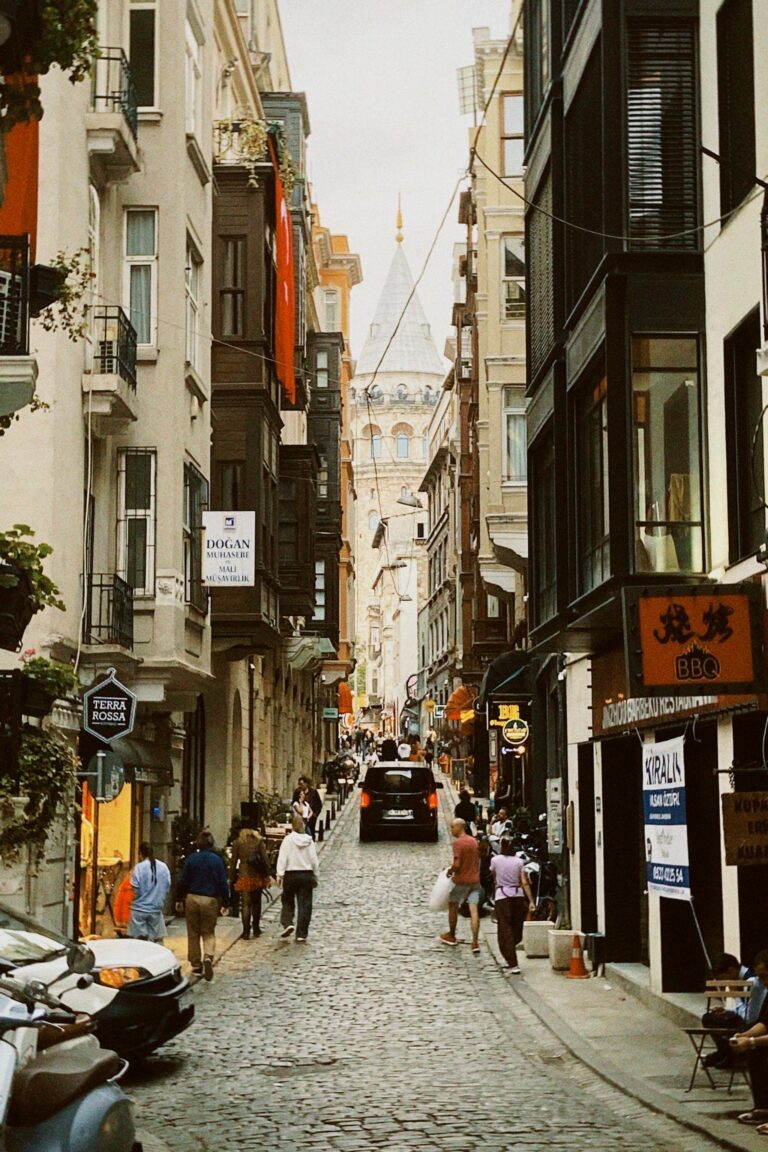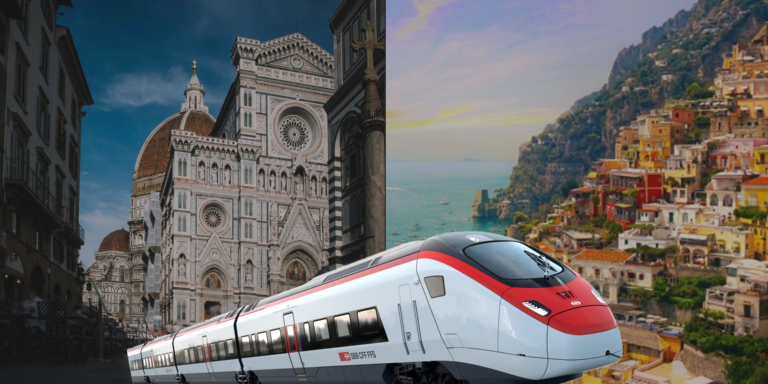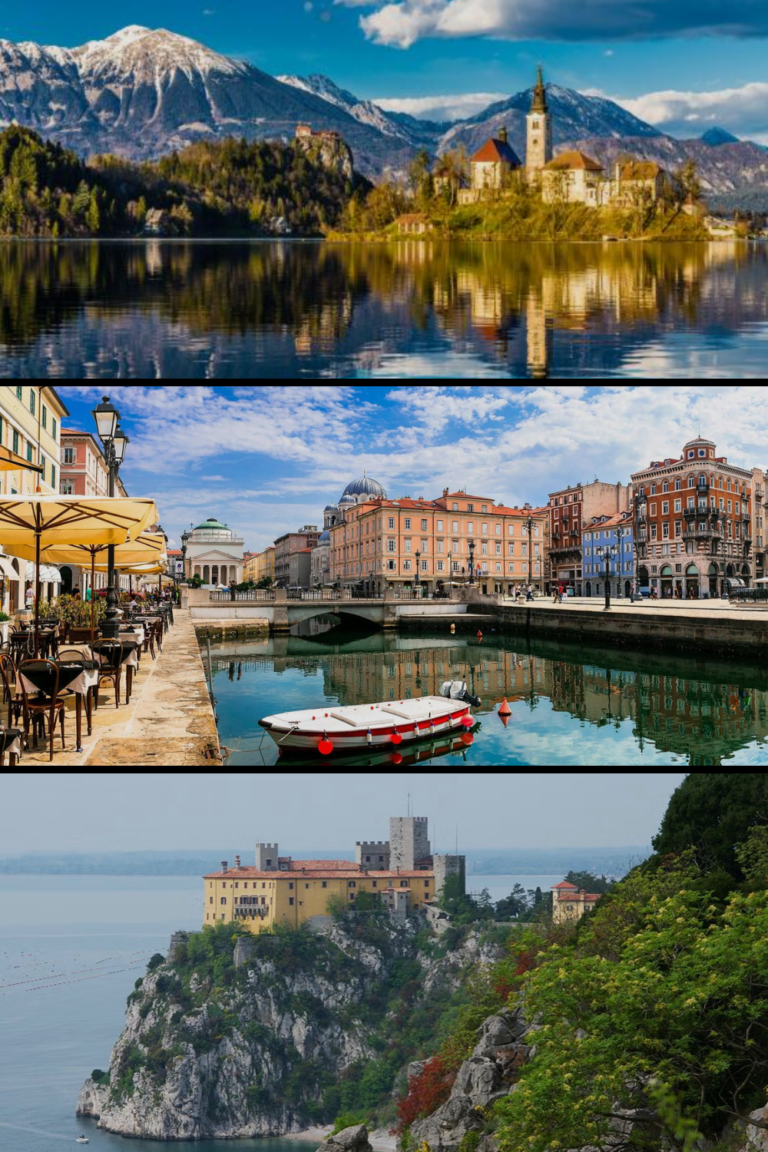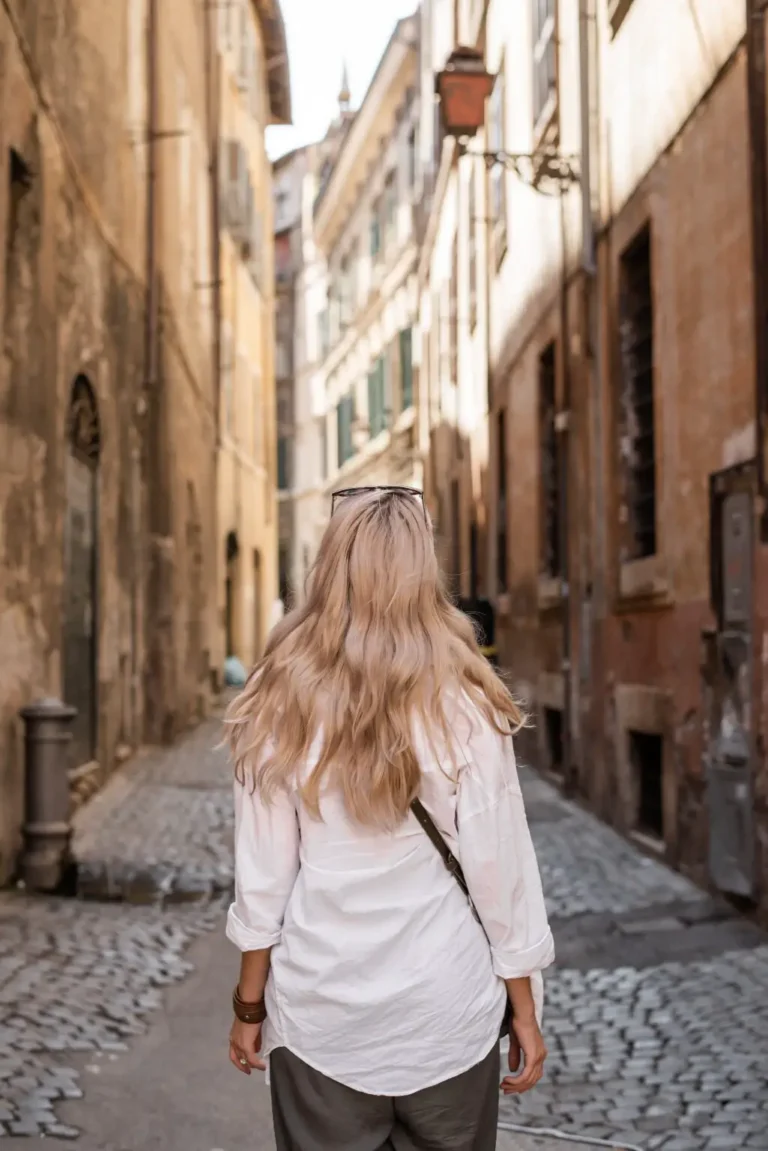Seville is the capital city of Spain, in the autonomous community of Andalusia in southern Spain. Seville is renowned for its top attractions in Seville Spain such as rich history, culture, and architecture, including the Alcázar palace, the Cathedral of Seville (one of the largest Gothic cathedrals in the world), and the Giralda tower. Seville is also famous for its flamenco music and dance, delicious cuisine, and vibrant atmosphere, making it a popular tourist destination.
This is a list of some of the most famous tourist attractions in Seville, Spain. The list includes both historic and architectural landmarks, such as the Catedral de Sevilla, a Gothic structure with an iconic bell tower, the Royal Alcázar of Seville, a Moorish-Renaissance royal palace, and the Plaza de España, a landmark square lined with ceramic tiles.
Other landmarks include La Giralda, a former minaret turned bell tower, the Torre del Oro, a 13th-century military watchtower, the Casa de Pilatos, a ducal palace, the Iglesia de Santa María la Blanca, a former synagogue turned historic church, and the Setas de Sevilla, an iconic wooden sculpture with a viewpoint.
The list also includes cultural and recreational landmarks such as the Parque de María Luisa, a large park with plazas, and the Basílica de la Macarena, a basilica, church, and chapel.
Here are the Top Attractions in Seville Spain
Seville, Spain is a city rich in history and culture, with many amazing attractions to visit. Here are some of the top attractions in Seville in detail:
Alcazar of Seville
This stunning royal palace was built in the 14th century and is considered one of the best examples of Mudéjar architecture. The palace has beautiful courtyards, ornate gardens, and grand halls filled with intricate tilework, stonework, and plasterwork. Visitors can see rooms used by royalty, and a museum displaying artifacts from the palace’s long history.
Seville Cathedral
This large Gothic cathedral was built in the 16th century and is the largest of its kind in the world. Inside, visitors can admire the ornate altarpieces, stained glass windows, and impressive vaulted ceilings. The cathedral also houses the tomb of Christopher Columbus.
Giralda Tower
This tower was originally a minaret for a mosque and was later converted into a bell tower. Visitors can climb to the top for panoramic views of the city. The tower is considered one of the best examples of Almohad architecture and an iconic Seville symbol.
Plaza de España
This grand square is located in Parque de María Luisa and is surrounded by a beautiful building with a mix of Renaissance and Moorish architectural styles. The square features a large central fountain and two semicircular balconies, which offer stunning views of the surrounding gardens and palaces.
Barrio de Santa Cruz
This charming neighborhood is known for its narrow, winding streets and beautiful homes with flowers spilling from balconies. Visitors can stroll through the streets, admire the architecture, and stop at one of the many outdoor cafes for a drink or a bite to eat.
Metropol Parasol
This modern structure is a massive wooden canopy that covers an area of more than 6,000 square meters. The parasol offers panoramic views of the city and is home to a market, restaurants, and a museum showcasing the history of Seville.
Real Maestranza de Caballería de Sevilla
This bullring is one of the oldest in Spain and has hosted many famous bullfights over the years. Visitors can tour the bullring, see the bullfighters’ dressing rooms, and admire the intricate stonework and ornate carvings.
Parque de Maria Luisa
This beautiful park was created for the 1929 Ibero-American Exposition and is home to many attractions, including the Plaza de España and the Pavillion of the Americas. Visitors can stroll through the gardens, admire the fountains and statues, and relax in the park’s peaceful atmosphere.
Casa de Pilatos
This stunning palace was built in the 16th century and is a beautiful example of Mudéjar architecture. Visitors can admire the intricate tilework, carved stonework, and beautiful courtyards.
Hospital de la Caridad
This historic hospital was founded in the 17th century and is now a museum showcasing the history of medicine in Seville. Visitors can see the former patients’ rooms, admire the ornate carvings and paintings, and learn about the hospital’s role in the city’s history.
Torre del Oro
This 13th-century tower was built by the Moors and was used to guard the city and control access to the river. Today, visitors can climb to the top of the tower for panoramic views of Seville.
Palacio de San Telmo
This beautiful palace was built in the 16th century and is now home to the Andalusian autonomous government. Visitors can admire the ornate courtyards, fountains, and grand halls filled with intricate tilework and plasterwork.
Parque de las Setas
This park is located in the Plaza de la Encarnación and is home to a massive wooden structure shaped like mushrooms. Visitors can climb to the top of the structure for panoramic views of the city and enjoy the park’s beautiful gardens and fountains.
Convento de la Merced
This stunning convent was founded in the 16th century and is now a museum showcasing the history of the Mercedarian order. Visitors can admire the ornate carvings, paintings, and sculptures, and learn about the order’s role in the city’s history.
Casa de las Sirenas
This beautiful house was built in the 16th century and is known for its ornate tilework, carved stonework, and beautiful courtyards. Visitors can admire the intricate details and relax in the peaceful atmosphere of the house.
Basílica de la Macarena
This stunning basilica is home to a famous statue of the Virgin Mary, known as La Macarena. Visitors can admire the ornate carvings, paintings, and sculptures, and attend mass in the beautiful sanctuary.
Convento de Santa Paula
This stunning convent was founded in the 16th century and is now a museum showcasing the history of the Poor Clares order. Visitors can admire the ornate carvings, paintings, and sculptures, and learn about the order’s role in the city’s history.
Palacio de la Condesa de Lebrija
This stunning palace was built in the 16th century and is now a museum showcasing the history of Seville. Visitors can admire the ornate tile work, carved stonework, and beautiful courtyards, and learn about the city’s rich history.
Museo de Bellas Artes
This museum is home to a collection of fine art from the 16th to the 19th centuries. Visitors can admire masterpieces by artists such as Murillo, Zurburan, and Valdés Leal, and learn about the evolution of art in Seville.
Convento de San Jacinto
This stunning convent was founded in the 16th century and is now a museum showcasing the history of the Augustinian order. Visitors can admire the ornate carvings, paintings, and sculptures, and learn about the order’s role in the city’s history.
Convento de Santa Clara
This stunning convent was founded in the 16th century and is now a museum showcasing the history of the Clarissan order. Visitors can admire the ornate carvings, paintings, and sculptures, and learn about the order’s role in the city’s history.
Palacio de Las Dueñas
This stunning palace was built in the 16th century and is now a museum showcasing the history of Seville. Visitors can admire the ornate tile work, carved stonework, and beautiful courtyards, and learn about the city’s rich history.
Casa de Salinas
This beautiful house was built in the 16th century and is known for its ornate tilework, carved stonework, and beautiful courtyards. Visitors can admire the intricate details and relax in the peaceful atmosphere of the house.
Convento de los Padres Carmelitas
This stunning convent was founded in the 16th century and is now a museum showcasing the history of the Carmelite order. Visitors can admire the ornate carvings, paintings, and sculptures, and learn about the order’s role in the city’s history.
Palacio de San Jorge
This stunning palace was built in the 16th century and is now a museum showcasing the history of Seville. Visitors can admire the ornate tile work, carved stonework, and beautiful courtyards, and learn about the city’s rich history.
Also Read Best Tourist Cities In Spain: Top Places, Attractions (2024)
FAQs
What is Seville Spain best known for?
Seville, Spain is best known for its stunning architecture, including the Alcázar palace and the Giralda tower, as well as its vibrant culture, rich history, and lively flamenco scene.
What should I not miss Sevilla?
Visitors to Seville should not miss the Cathedral of Seville, the Royal Alcázar, the Plaza de España, and the Metropol Parasol.
How many days in Seville is enough?
Three to four days in Seville should be enough time to see the main sights and experience the city’s culture and atmosphere. However, visitors who have more time or are particularly interested in history and architecture may want to stay longer.
What is the most beautiful area in Seville?
The most beautiful area in Seville is considered to be the historical Barrio Santa Cruz, with its narrow winding streets, colorful buildings, and lush patios.
What is the best month to visit Seville Spain?
The best month to visit Seville is April, during the famous Feria de Abril, which features bullfights, flamenco dancing, and a fairground with rides, and food and drink stalls. However, Seville is a popular tourist destination all year round, and temperatures remain warm throughout the year, with the hottest months being July and August.







